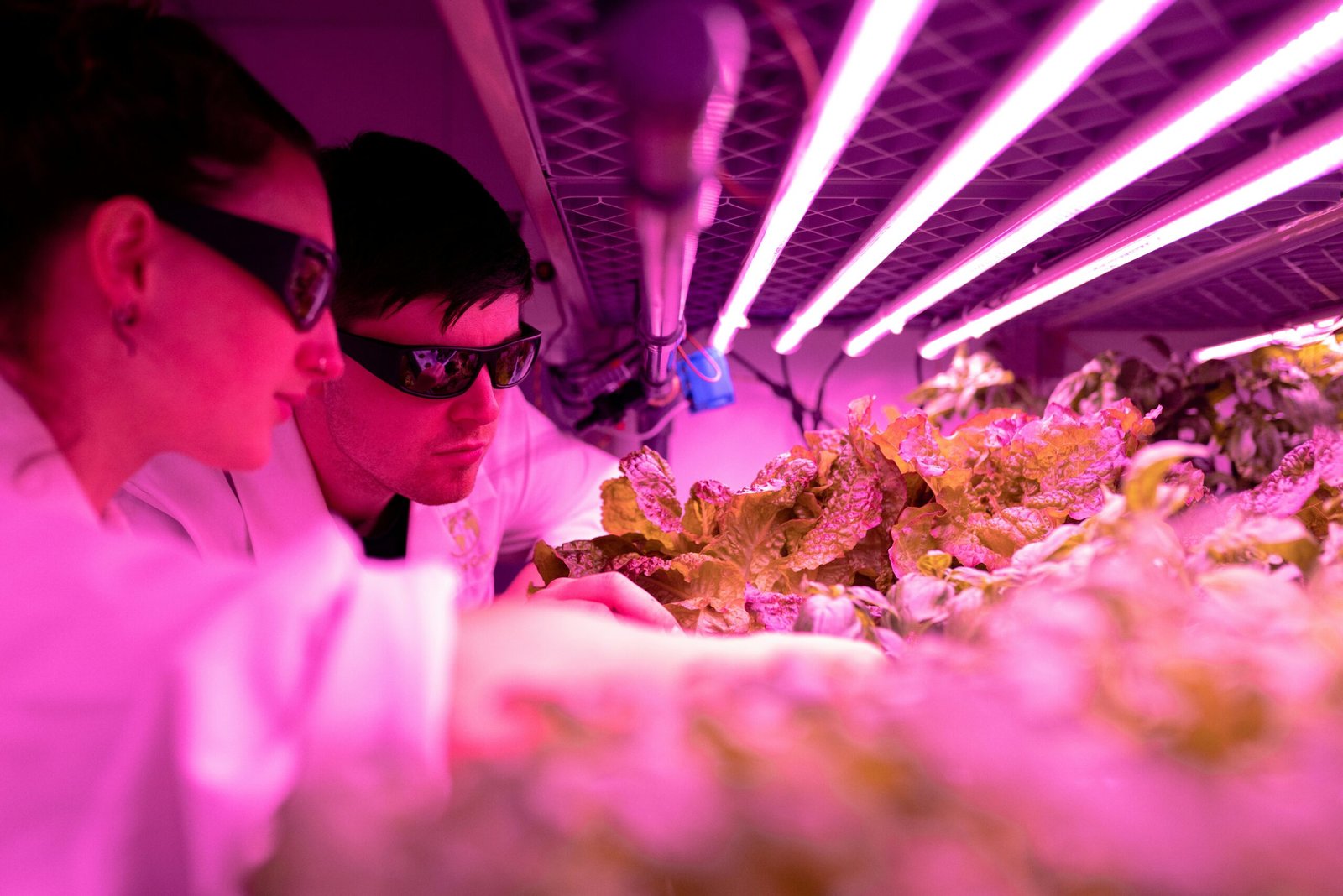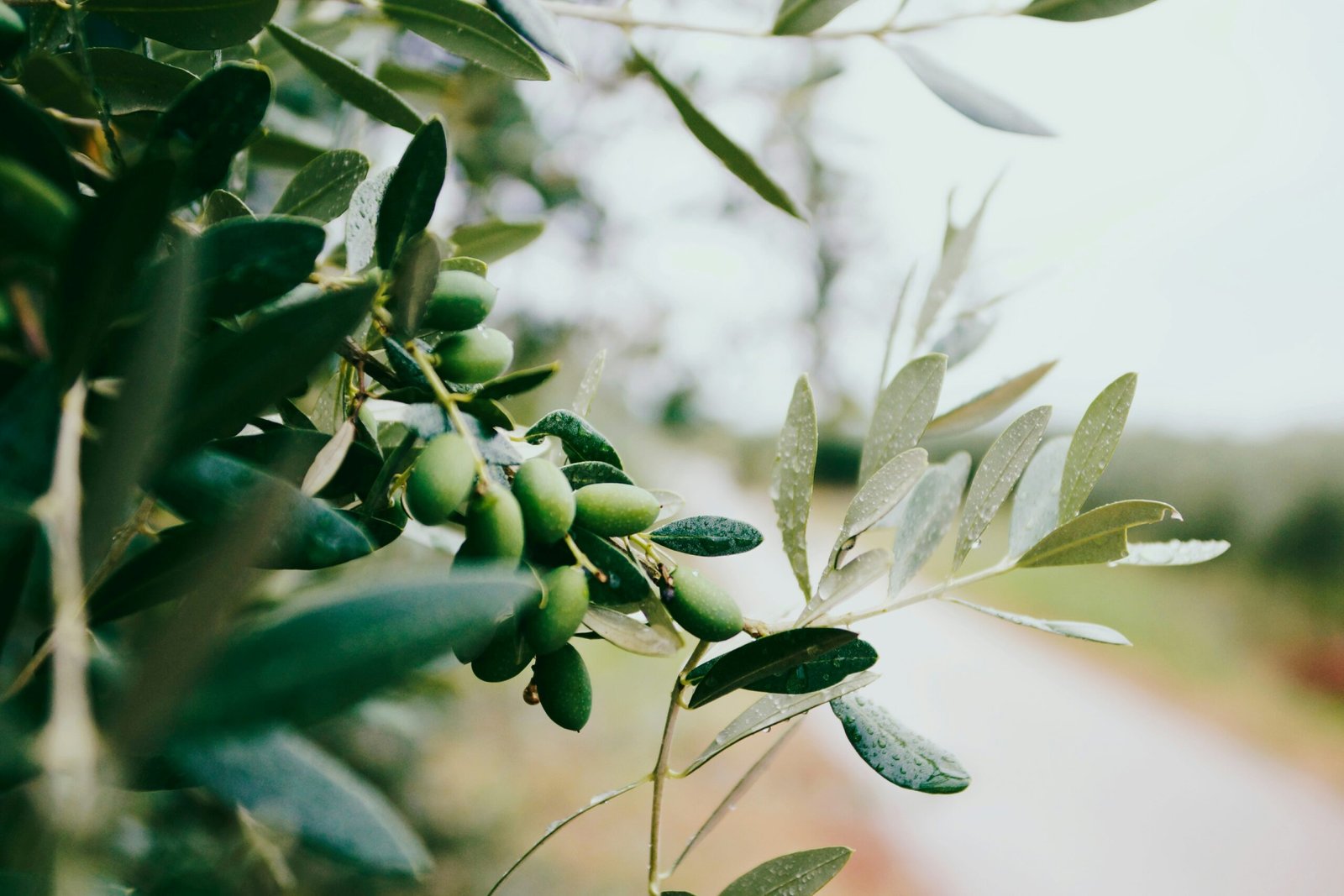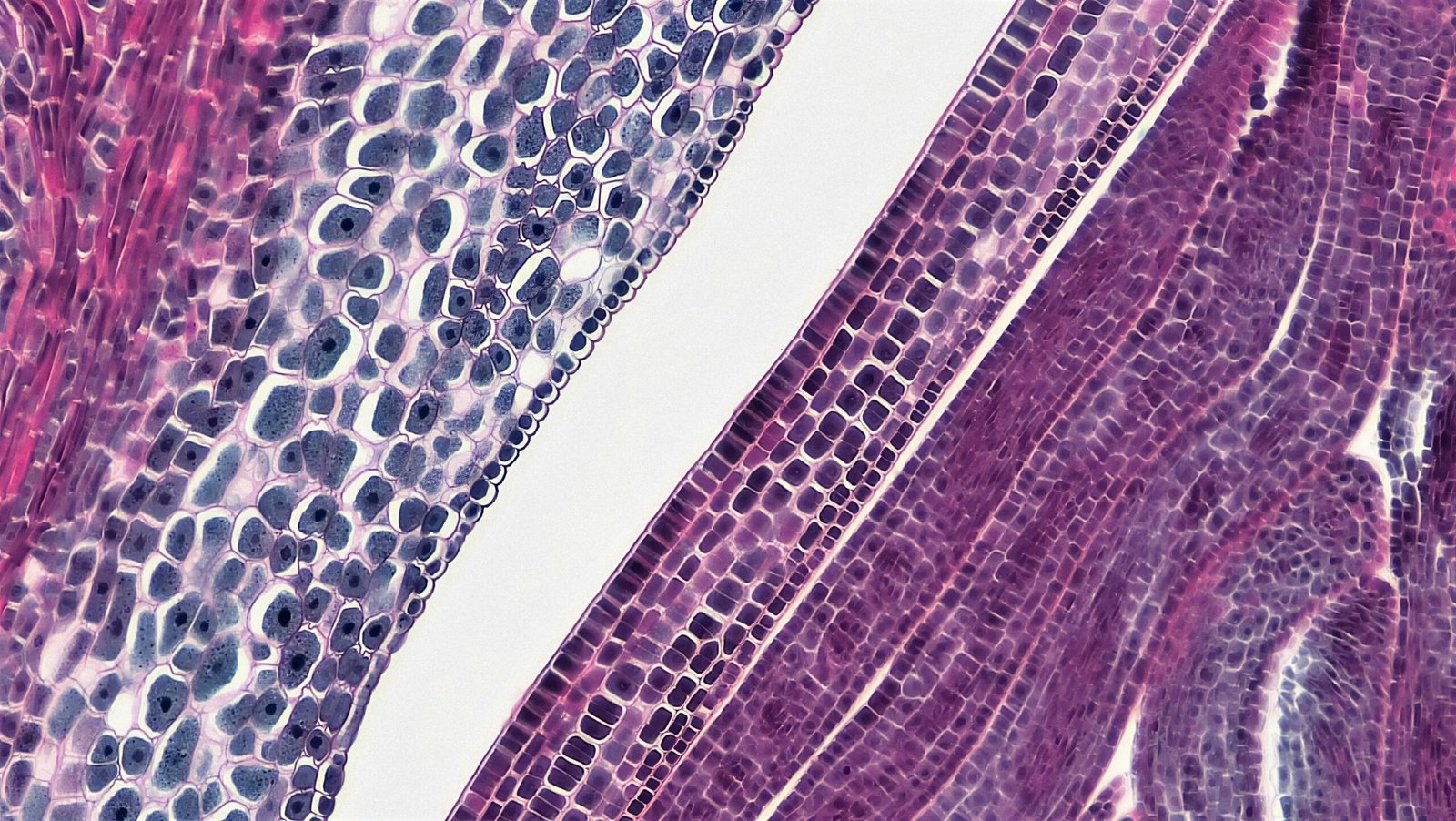What is Auxin?
Auxin is a crucial plant hormone that plays an important role in regulating plant growth and development. It is predominantly involved in cell elongation, root formation, and the differentiation of plant tissues. In the context of plant tissue culture, auxin is particularly significant as it influences the regeneration and growth of plant cells in vitro.
The Function of Auxin in Tissue Culture
In plant tissue culture, auxin is primarily promote root formation and regulates cell division. Different auxins can be applied depending on the desired outcome in tissue culture. For instance, indole-3-acetic acid (IAA) and naphthalene acetic acid (NAA) are commonly utilized auxins that stimulate the growth of roots and shoots, respectively. The concentration and combination of auxin with other hormones such as cytokinins can drastically affect the development of the cultured tissue.
Table 1 Role of auxin in plant tissue culture:
| Role of Auxin | Description |
|---|---|
| Callus Induction | Promotes dedifferentiation of cells, leading to callus formation. |
| Cell Division & Growth | Stimulates cell division and elongation in cultured tissues. |
| Root Induction | Encourages root formation in organogenesis and micropropagation. |
| Somatic Embryogenesis | Plays a crucial role in embryo development from somatic cells. |
| Shoot Development (with Cytokinin) | In combination with cytokinin, regulates shoot vs. root differentiation. |
| Adventitious Rooting | Enhances rooting in cuttings and explants, aiding in clonal propagation. |
| Embryo & Endosperm Culture | Supports embryogenesis and nutrient mobilization in endosperm cultures. |
| Protoplast Culture | Aids in cell wall regeneration and callus formation in protoplast culture. |
| Stress Response Regulation | It Helps plants adapt to in vitro stress conditions. |
| Interaction with Cytokinin | Auxin-to-cytokinin ratio determines organogenesis (high auxin = roots, high cytokinin = shoots). |
Benefits of Using Auxin in Plant Tissue Culture
Utilizing auxin in plant tissue culture offers numerous advantages. Firstly, it enhances the efficiency of root and shoot regeneration, allowing for quicker propagation of plants. Secondly, auxin helps in callus formation, which is essential for the development of new plant tissues from undifferentiated cells. Furthermore, controlling the levels of auxin during the tissue culture process ensures improved survival rates and healthier plantlets upon transfer to soil. Understanding the role of auxin is crucial for optimizing tissue culture techniques and achieving successful plant propagation.
Stepwise Protocol for Media Preparation with Auxins in Plant Tissue Culture
Materials Required:
- MS (Murashige and Skoog) basal medium
- Agar (7-8 g/L) or Gelrite
- Sucrose (30 g/L)
- Auxins (e.g., IAA, IBA, NAA, 2,4-D)
- Cytokinins (optional, e.g., BAP, Kinetin)
- pH meter
- Autoclave
Step 1: Prepare MS Basal Medium
- Weigh the required amount of MS medium powder (e.g., 4.4 g/L for full strength).
- Add 30 g/L sucrose to provide a carbon source for explants.
- Add agar (7-8 g/L) if solid media is needed. For liquid media, omit agar.
- Stir thoroughly until all components are dissolved.
Step 2: Add Auxins to the Media
- Choose the appropriate auxin based on your goal:
- Callus Induction: 2,4-D (0.5 – 2.0 mg/L)
- Root Formation: IBA or NAA (0.5 – 1.5 mg/L)
- Embryogenesis: NAA (0.5 – 2.0 mg/L)
- Dissolve the auxin in a small volume of ethanol or NaOH before adding to the media for better solubility.
💡 Pro Tip: Maintain a high auxin-to-cytokinin ratio for root induction and a low ratio for shoot development.
Step 3: Adjust pH
- Adjust the pH of the medium to 5.7 – 5.8 using 1N NaOH or 1N HCl.
- Proper pH is crucial for nutrient availability and optimal growth.
Step 4: Autoclave the Medium
- Pour the prepared media into culture jars or test tubes.
- Autoclave at 121°C for 15-20 minutes at 15 psi pressure.
Step 5: Inoculation and Culture Conditions
- After cooling, place the explants on the media under sterile conditions.
- Incubate cultures in controlled conditions (25±2°C, 16/8 light-dark cycle).





Nrf2 Antioxidants
Thanks designed for sharing such a good thought, paragraph is good, thats why i have read it entirely